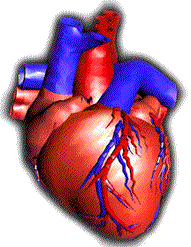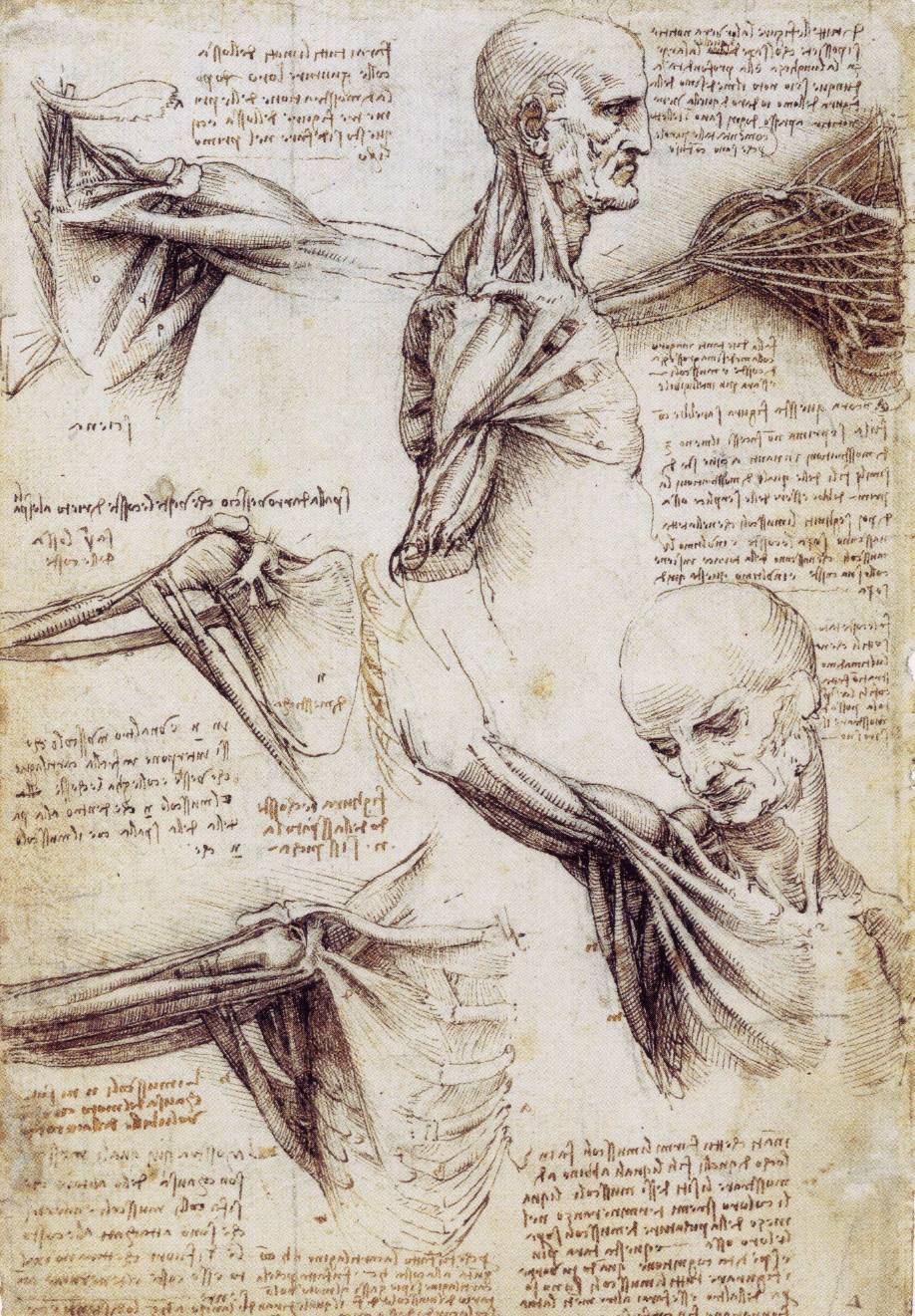
Professor Lewin delivers his lectures with the panache of Julia Child bringing French cooking to amateurs and the zany theatricality of YouTube’s greatest hits. He is part of a new generation of academic stars who hold forth in cyberspace on their college Web sites and even, without charge, on iTunes U, which went up in May on Apple’s iTunes Store.
In his lectures at ocw.mit.edu, Professor Lewin beats a student with cat fur to demonstrate electrostatics. Wearing shorts, sandals with socks and a pith helmet — nerd safari garb — he fires a cannon loaded with a golf ball at a stuffed monkey wearing a bulletproof vest to demonstrate the trajectories of objects in free fall.
He rides a fire-extinguisher-propelled tricycle across his classroom to show how a rocket lifts off.
Last week, Yale put some of its most popular undergraduate courses and professors online free. The list includes Controversies in Astrophysics with Charles Bailyn, Modern Poetry with Langdon Hammer and Introduction to the Old Testament with Christine Hayes.
M.I.T. recently expanded its online classes by opening a site aimed at high school students and teachers. Judging from his fan e-mail, Professor Lewin, who is among those featured on the new site, appeals to students of all ages.
“We have here the mother of all pendulums!” he declares, hoisting his 6-foot-2, 170-pound self on a 30-pound steel ball attached to a pendulum hanging from the ceiling. He swings across the stage, holding himself nearly horizontal as his hair blows in the breeze he created.
The point: that a period of a pendulum is independent of the mass — the steel ball, plus one professor — hanging from it.
“Physics works!” Professor Lewin shouts, as the classroom explodes in cheers.
“Hi, Prof. Lewin!!” a fan who identified himself as a 17-year-old from China wrote. “I love your inspiring lectures and I love MIT!!!”
The professor, who is from the Netherlands, said that teaching a required course in introductory physics to M.I.T. students made him realize “that what really counts is to make them love physics, to make them love science.”
He said he spent 25 hours preparing each new lecture, choreographing every detail and stripping out every extra sentence.
“Clarity is the word,” he said.




































 Today our lesson is about organs and organ systems.
Today our lesson is about organs and organ systems. 

